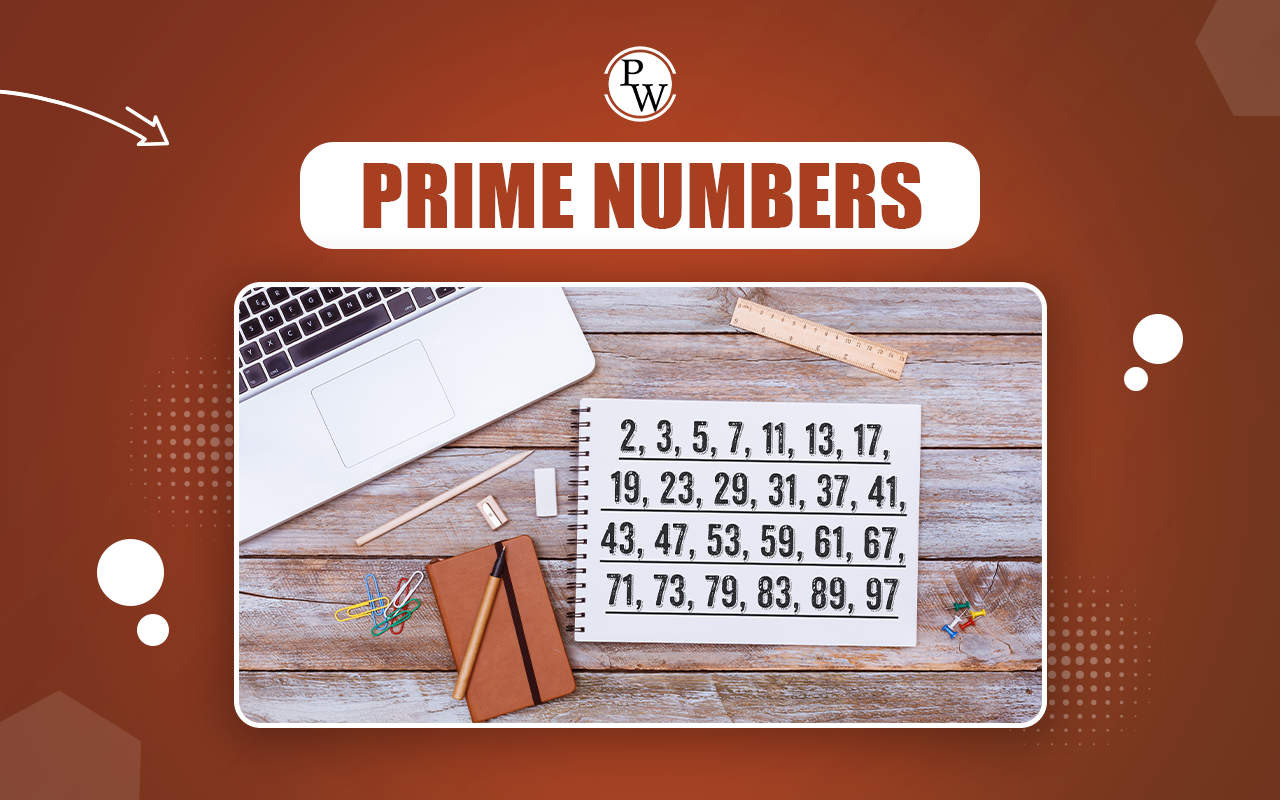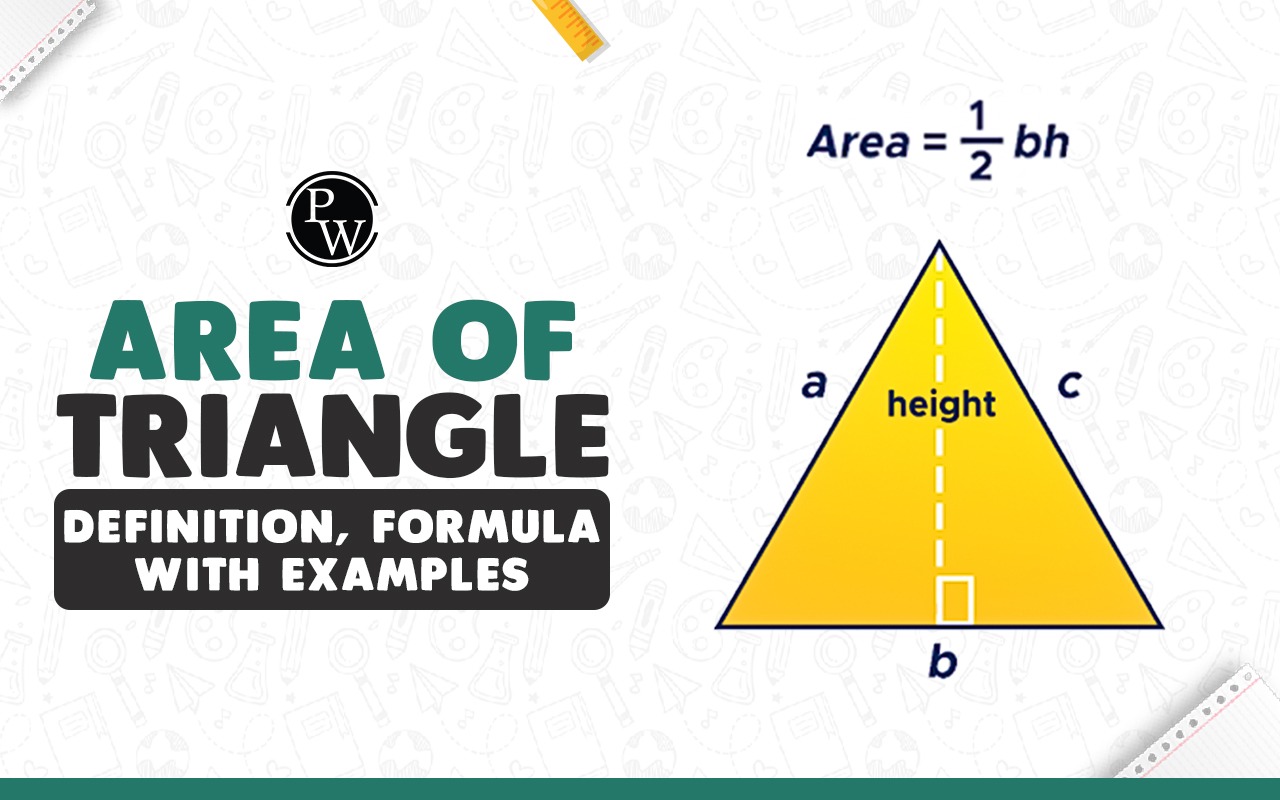

VI in Roman Numerals: The Roman number system has been used since historical times, and even now, Roman numerals find a place in many applications. This number system uses special symbols to represent numbers.
Roman numbers might look complex initially, but knowing the rules for expressing a number in Roman numerals can make things much easier. One of the frequently used Roman numerals is VI, but what does it mean?
Here, we will clarify your queries about roman numerals and explain the interesting ways to calculate and write VI in numbers.
Read More: XXVII Roman Numerals
What Is VI in Roman Numerals?
Any number can be represented in Roman numerals using some specific letters taken from the Latin alphabet, which are I, V, X, L, C, D, and M. They are used in specific arrangements and orders to denote different numbers. The list of Latin alphabets with their corresponding numerical values is given below:
|
Roman Numeral Values |
|
|
Roman Symbol |
Number |
|
I |
1 |
|
V |
5 |
|
X |
10 |
|
L |
50 |
|
C |
100 |
|
D |
500 |
|
M |
1000 |
The rule is to place Roman numerals in a particular order and use addition or subtraction to arrive at the number.
When a higher numeral is placed before a smaller one, it indicates addition. Again, you must perform subtraction of digits when a higher value numeral is placed after a smaller value symbol.
Therefore, when we consider the roman numeral VI, we can see it has two parts as follows:
‘V’ – which denotes 5
‘I’ – which denotes 1
We also observe that V (higher value symbol) is placed before I (lower value symbol). It means we have to apply the addition method
So, by adding the two values, we get:
VI = V + I = 5 + 1 = 6
Therefore, VI represents 6 in the Roman number system.
Writing Numbers Around 6 in Roman Numerals
Understanding 6 in Roman letters helps us understand the concept behind calculating and writing numbers in Roman digits.
We can apply the rule as discussed above to find the Roman equivalent of numbers around 6, as mentioned below:
|
Rules To Write 6 in Roman Numeral |
|||
|
Roman Numerals |
Rule |
Calculation |
Number in Decimal System |
|
I |
|
1 |
1 |
|
II |
Addition |
1 + 1 |
2 |
|
III |
Addition |
1 + 1 + 1 |
3 |
|
IV |
Subtraction |
5 -1 |
4 |
|
V |
|
5 |
5 |
|
VI |
Addition |
5 + 1 |
6 |
|
VII |
Addition |
5 + 2 |
7 |
|
VIII |
Addition |
5 + 3 |
8 |
|
IX |
Subtraction |
10 -1 |
9 |
|
X |
|
10 |
10 |
|
XI |
Addition |
10 + 1 |
11 |
|
XII |
Addition |
10 + 2 |
12 |
|
XIII |
Addition |
10 + 3 |
13 |
|
XIV |
Addition |
10 + 4 |
14 |
General Rules to Write Roman Numerals
There are certain rules to follow when you represent a number using the Roman alphabet, as explained below:
-
A symbol can be used a maximum of three times consecutively. You can add the values of the symbols as many times as it is repeated. For example, III = 1+1+1 = 3, XX = 10 + 10 = 20, MM = 1000 + 1000 = 2000.
-
The above rule is not applicable for the symbols V, L, and D. They are used only once in a number. That’s why 10 is denoted as X but not VV. Placing a Roman digit of a smaller value after a symbol of greater value means you must add the values. For Example, V + III = 5 + 3 = 8
-
Placing a symbol of a lower value before a digit having a higher value indicates that the values must be subtracted. For Example: IX = X – I = 10 – 1 = 9.
-
V, L, and D are never used as a greater value symbol after a smaller value symbol, meaning no subtraction happens.
-
Only the symbol I can be placed before the higher values alphabet V and X, and the symbol X can be placed before symbols L, M, and C.
-
Roman numerals are written from left to right in a defined order depending on whether you need to add or subtract the symbol values to get the number.
Roman numerals use only seven symbols to express all the numbers by following a systematic process. With the example of VI Roman number, you can clearly understand how to determine a Roman numeral based on the rules provided.
Also read: CMXX Roman Numerals
Make Math Learning Fun with the CuriousJr Online Maths Classes
Do you find your child struggling with math calculations or getting confused with logical concepts? CuriousJr's Online Maths Classes addresses these challenges, guiding students with quick problem-solving techniques that strengthen their focus and conceptual clarity.
Key Advantages
-
Students learn and practice several math tricks to calculate faster and more accurately.
-
The dual-teacher model enhances concept learning and doubt-solving, with personalized help whenever needed.
-
Engaging visuals and real-life examples help students enjoy learning and solve complex problems with ease.
-
Regular performance tracking and feedback help to evaluate progress and make steady improvement.
The course strengthens problem-solving skills for students with advanced teaching methods and the right guidance. Book a demo class today and watch how our Maths online classes make your child more confident in handling math assignments.
VI in Roman Numerals FAQs
Is there a Roman number to represent zero?
What logic is followed when converting Roman numbers?
Can 100 be written as LL in the Roman number system?
What does the XLVII Roman number mean in the decimal number system?












